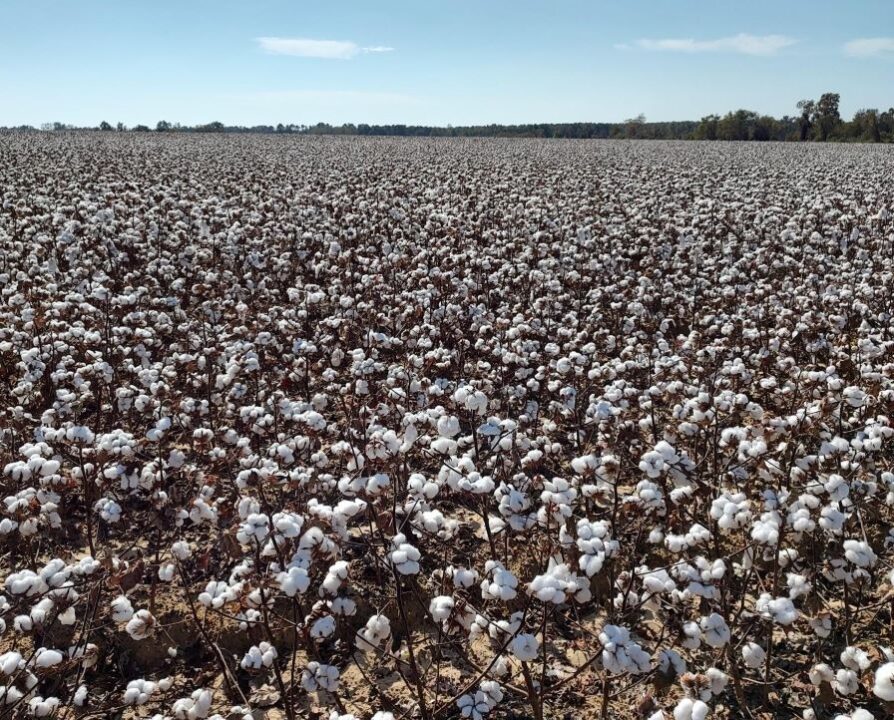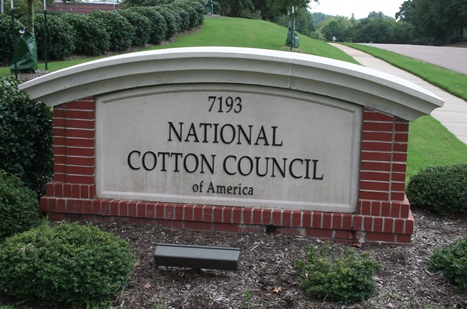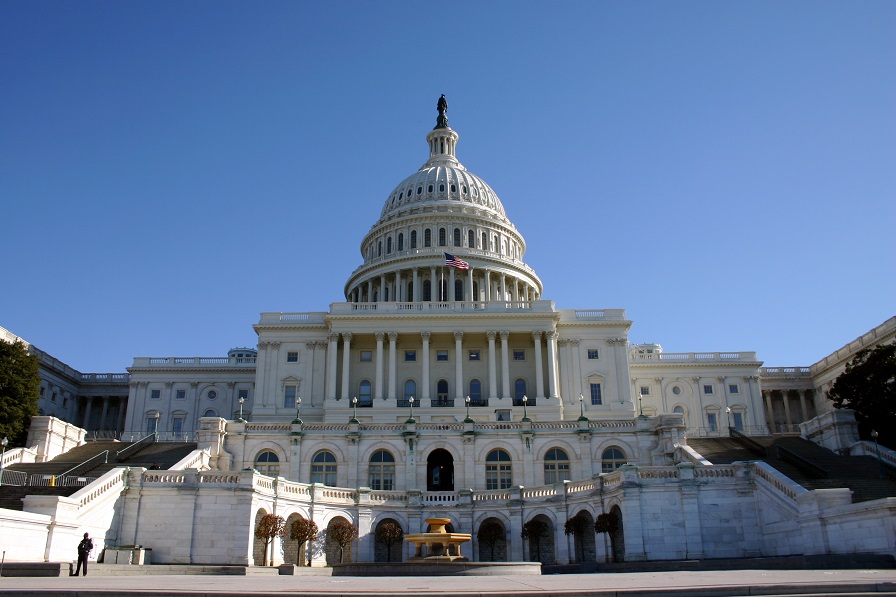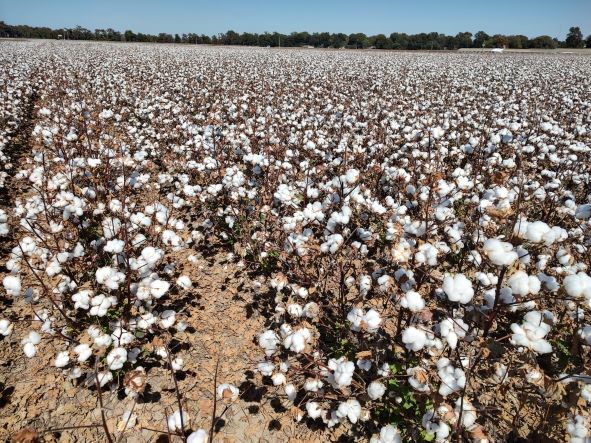ICAC: Price Likely to Decline Next Year
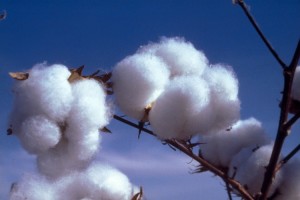
High commodity prices for corn, soybeans and other staple crops have resulted in a land war for cotton. Less than two years off record prices when farmers were planting cotton “fence row to fence row,” economics are forcing farmers to make difficult decisions between crops.
As supply fluctuations emerge from India’s export ban and China’s capacities grow – all in the backdrop of an uncertain political and macroeconomic environment – allied industries are increasingly wary about supporting cotton, further exacerbating volatility in price, logistics and investment.
“Other challenges that will affect the structure of the cotton market and the structure of risk management are consolidation of the merchant sector as well as finance, banking, ginning and other sectors of the value chain,” Terry Townsend told CI 2012 Global Summit attendees.
Major factors affecting cotton trade during the next few years include:
- Lower prices in the next few years
- Flat yields combined with higher average prices during 2010s
- Government policies causing distortions
- Industry consolidation
- Increased capital requirements for trade
- Increased hedging costs
- More defaults
Cotton supply and demand trends during the past few years show a rising trend in oversupply.
In 2010/11, production reached 25.1 million tons, according to ICAC. The following year, production rose to almost 27 million tons. Conversely, consumption fell about 1 million tons to 23.15 tons. The net result is an overcapacity of 3.8 million tons last year versus a slight oversupply of 0.6 million tons in 2010/11.
The cause of the oversupply is attributed lower buying in China, India’s export regulations and drought in the U.S. and Australia.
Townsend said the volatility and unpredictability in supply and demand requires greater adherence to risk management and a more sound approach to hedging as a business management tool – not a profit center.




